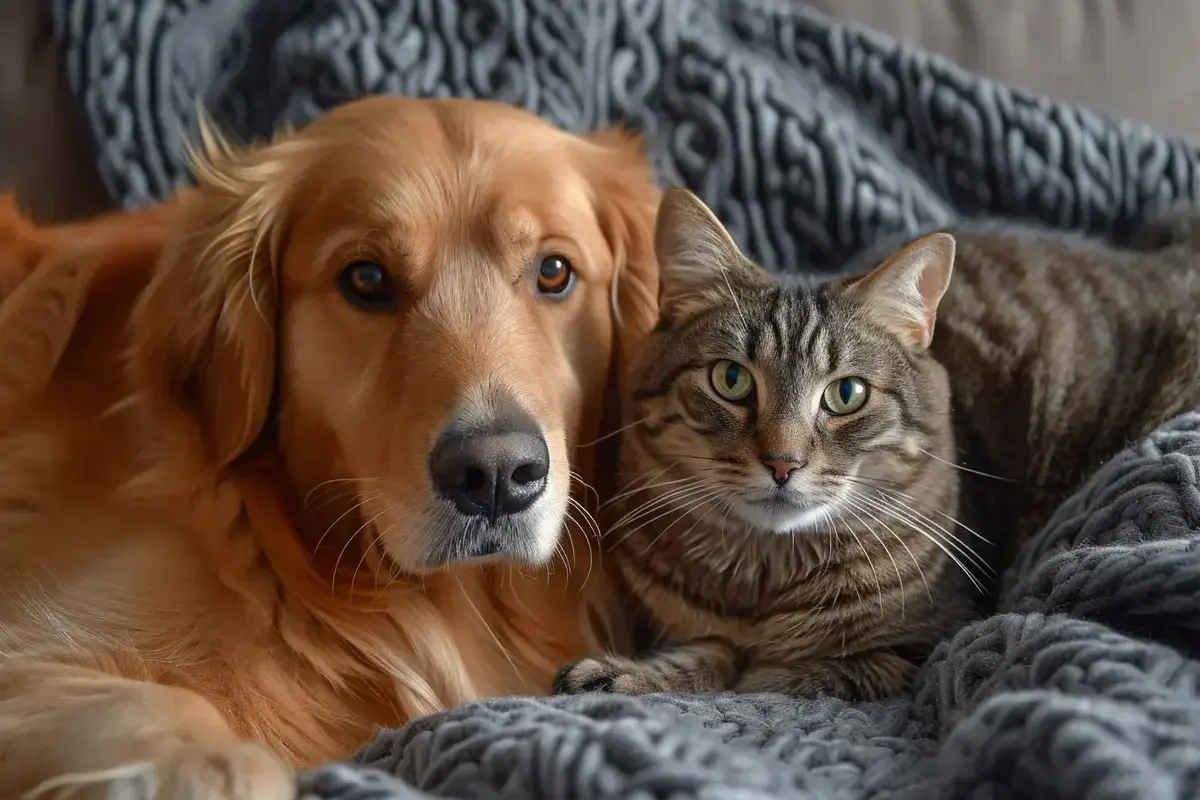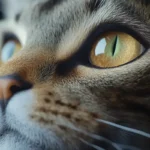If you’ve ever enjoyed watching a cat or dog chasing its own tail, you’re not alone. This spectacle can be both entertaining and confusing, which begs the question: why do our pets exhibit this strange behavior? While this behavior may simply seem like play, it is essential to know that it is not always a sign of carelessness. Sometimes the frantic chasing of their appendage can be an indication of health or behavioral issues that deserve our attention. So it is important to understand the factors that drive our furry companions to run in circles, to ensure their well-being and quality of life.
Chasing Their Tails: When the game goes in circles
Whether it’s about cats who jump nimbly or dogs spinning around enthusiastically, chasing their own tail is one behavior which is often observed in our four-legged companions. These twists can seem like a comedic spectacle, especially at the young animals in the house. For these animals, this game seems to be a way to explore their environment and respond to a very natural urge to play. It is often a sign of overflowing energy manifested in physical activity.
From curiosity to complications: understanding the reasons
While tail chasing may start out simply as a form of entertainment, in some cases it can mask other less innocent reasons. It is important to recognize that this gesture can sometimes be symptomatic of health problems like fleas or a inflammation of the anal glands. In addition, the possibility of behavioral disorderswhich are comparable to stereotypes and indicate unwellness in the animal, cannot be excluded. This may be due to a lack of stimulation or a feeling of insecurity.
When parasites and physical problems come into play
The running behavior can sometimes be caused by an itch or pain that the animal is trying to relieve. A flea infestation is a common problem that is compulsive to scratch can cause. Moreover, a inflammation of the anal glands causing a cat or dog to bite its tail to relieve discomfort or pain. These signs should not be taken lightly and a veterinary consultation may be necessary to diagnose and offer appropriate treatment.
Signs of a troubled psyche: behavioral disorders
Repetitive and obsessive behavior, known as stereotyping, often reflects a disturbed emotional state. A lack of mental stimulation and physical activity, an unsuitable environment, a traumatic past or even chronic stress can be the cause of these disorders. The tail then becomes an easy target for the animal trying to channel its discomfort in this way. Managing these behavioral disorders may require the intervention of an animal behavior specialist.
Interpreting the signals: is it a harmless game or a symptom?
Distinguishing or chasing a tail game is or a sign of one medical problem or behavioral problem can be complicated. Observing the frequency, duration and intensity of the behavior, as well as the presence of associated symptoms (such as excessive licking, biting, signs of pain), can help make the difference. Changes in the animal’s usual behavior should attract attention and encourage owners to consult a professional.
Ultimately, although tail chasing may be a natural part of the playful behavior of young animalsit is essential to be vigilant. Any sudden change or intensification of this activity may indicate an underlying condition health problem or a conduct disorder. Careful observation and quick action can help ensure the health and well-being of our precious furry companions.







